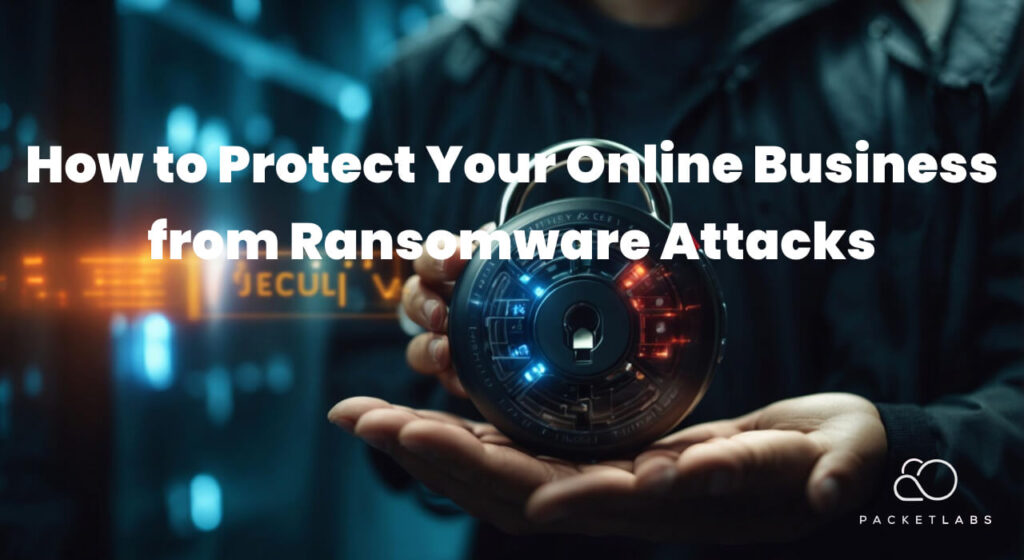
In the digital age, the prominence of ransomware attacks has surged, becoming one of the gravest threats that Australian businesses of all sizes face. Ransomware is a type of malicious software that encrypts a victim’s data, demanding payment in exchange for its release. For an online business, an attack could mean inaccessible websites, locked-up data, halted transactions, and, most detrimentally, a tarnished reputation. It’s paramount for Australian businesses to fortify their cybersecurity defences against such threats.
Here’s how you can safeguard your online business from ransomware attacks:
10 Essential Steps to Ransomware Protection for Your Business
1. Educate Your Team
Most cyberattacks leverage human error. Continuous training and awareness sessions can ensure that your employees recognise suspicious emails or links. Implement a culture of scepticism, teaching your team to question the legitimacy of any unexpected communication.
2. Keep Software Updated
Outdated software can have vulnerabilities that cybercriminals exploit. Regularly update all software, including operating systems, applications, and plugins. For Australian businesses, considering local regulations and standards can also guide these updates.
3. Implement Advanced Security Solutions
Implementing advanced security solutions such as firewalls, antivirus software, intrusion detection systems, and endpoint protection platforms can help detect and prevent ransomware attacks. Consider investing in solutions that offer real-time monitoring, threat intelligence, and behavior-based analysis to proactively identify and mitigate threats.
4. Backup Regularly
Regular data backups are your safety net. Ensure that backups are conducted frequently, stored offsite, and, critically, are disconnected from your primary network to prevent them from being encrypted during an attack. Cloud-based backups with Australian providers, adhering to local data protection standards, are a wise choice for businesses.
5. Use Multi-factor Authentication (MFA)
By using MFA, even if a cybercriminal obtains a user\’s credentials, they would need an additional form of verification to access the system. This could be a text message, an authentication app, or a biometric input.
6. Limit User Access
Ensure employees only have access to the information and systems they need to perform their tasks. This principle of ‘least privilege’ minimises the potential damage if an account is compromised.
7. Network Segmentation
Divide your network into segments so that if one section is compromised, the ransomware can\’t easily spread to other parts of the network.
8. Collaborate and Stay Informed
Being in Australia offers businesses a unique opportunity. Engage with local cybersecurity organisations, such as the Australian Cyber Security Centre (ACSC), for the latest advice, updates, and threat intelligence specific to the Australian business environment.
9. Establish a Response Plan
Even with stringent measures, there\’s no guarantee of total immunity. Having a robust incident response plan helps you react quickly if a breach occurs. This should involve immediate actions, communication strategies, and recovery plans.
10. Vet Third-party Vendors
Ensure that any third-party vendors or contractors who have access to your systems maintain stringent cybersecurity practices. Remember, a chain is only as strong as its weakest link.
As the digital landscape continues to evolve, so does the sophistication of cyber threats like ransomware. For Australian online businesses, the combination of localised insights and globally recognised best practices can create a resilient defence against ransomware. Remember, proactive measures and vigilance can save your business from costly disruptions and reputational harm.
